#hyderabad
Text
Scientists have developed a new solar-powered system to convert saltwater into fresh drinking water which they say could help reduce dangerous the risk of waterborne diseases like cholera.
Via tests in rural communities, they showed that the process is more than 20% cheaper than traditional methods and can be deployed in rural locations around the globe.
Building on existing processes that convert saline groundwater to freshwater, the researchers from King’s College London, in collaboration with MIT and the Helmholtz Institute for Renewable Energy Systems, created a new system that produced consistent levels of water using solar power, and reported it in a paper published recently in Nature Water.
It works through a process called electrodialysis which separates the salt using a set of specialized membranes that channel salt ions into a stream of brine, leaving the water fresh and drinkable. By flexibly adjusting the voltage and the rate at which salt water flowed through the system, the researchers developed a system that adjusts to variable sunshine while not compromising on the amount of fresh drinking water produced.
Using data first gathered in the village of Chelleru near Hyderabad in India, and then recreating these conditions of the village in New Mexico, the team successfully converted up to 10 cubic meters, or several bathtubs worth of fresh drinking water. This was enough for 3,000 people a day with the process continuing to run regardless of variable solar power caused by cloud coverage and rain.
[Note: Not sure what metric they're using to calculate daily water needs here. Presumably this is drinking water only.]
Dr. Wei He from the Department of Engineering at King’s College London believes the new technology could bring massive benefits to rural communities, not only increasing the supply of drinking water but also bringing health benefits.
“By offering a cheap, eco-friendly alternative that can be operated off the grid, our technology enables communities to tap into alternative water sources (such as deep aquifers or saline water) to address water scarcity and contamination in traditional water supplies,” said He.
“This technology can expand water sources available to communities beyond traditional ones and by providing water from uncontaminated saline sources, may help combat water scarcity or unexpected emergencies when conventional water supplies are disrupted, for example like the recent cholera outbreaks in Zambia.”
In the global rural population, 1.6 billion people face water scarcity, many of whom are reliant on stressed reserves of groundwater lying beneath the Earth’s surface.
However, worldwide 56% of groundwater is saline and unsuitable for consumption. This issue is particularly prevalent in India, where 60% of the land harbors undrinkable saline water. Consequently, there is a pressing need for efficient desalination methods to create fresh drinking water cheaply, and at scale.
Traditional desalination technology has relied either on costly batteries in off-grid systems or a grid system to supply the energy necessary to remove salt from the water. In developing countries’ rural areas, however, grid infrastructure can be unreliable and is largely reliant on fossil fuels...
“By removing the need for a grid system entirely and cutting reliance on battery tech by 92%, our system can provide reliable access to safe drinking water, entirely emission-free, onsite, and at a discount of roughly 22% to the people who need it compared to traditional methods,” He said.
The system also has the potential to be used outside of developing areas, particularly in agriculture where climate change is leading to unstable reserves of fresh water for irrigation.
The team plans to scale up the availability of the technology across India through collaboration with local partners. Beyond this, a team from MIT also plans to create a start-up to commercialize and fund the technology.
“While the US and UK have more stable, diversified grids than most countries, they still rely on fossil fuels. By removing fossil fuels from the equation for energy-hungry sectors like agriculture, we can help accelerate the transition to Net Zero,” He said.
-via Good News Network, April 2, 2024
#water#water scarcity#clean water#saline#desalination#off grid#battery technology#solar power#solar energy#fossil fuels#water shortage#india#hyderabad#new mexico#united states#uk#united kingdom#good news#hope#aquifers
807 notes
·
View notes
Text

Taj Falaknuma Palace, Hyderabad, India,
Courtesy: @TajFalaknuma
#art#design#architecture#history#luxury lifestyle#style#luxury house#luxuty home#interior design#interiors#palace#india#taj#taj falaknuma#hyderabad#fountain#timeless#elegance#carrara marble
280 notes
·
View notes
Text
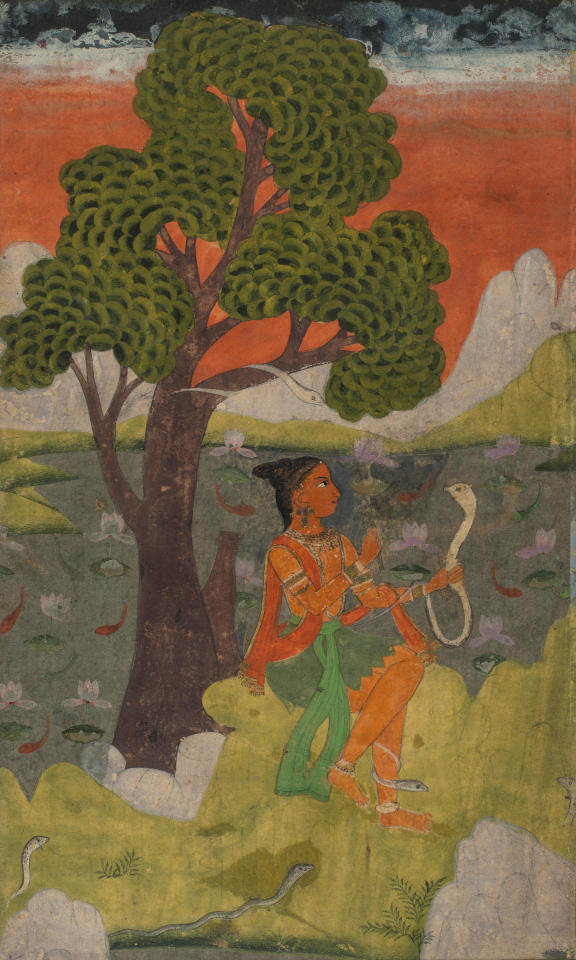
Unknown, Asavari ragini: a maiden seated beneath a tree, communing with snakes
Deccan, Hyderabad, circa 1760
gouache and gold on paper, borders trimmed, verso a calligraphic album page consisting of three couplets written diagonally in nasta'liq script, dated AH 1083/AD 1672-73, trimmed
206 x 118 mm.
182 notes
·
View notes
Text
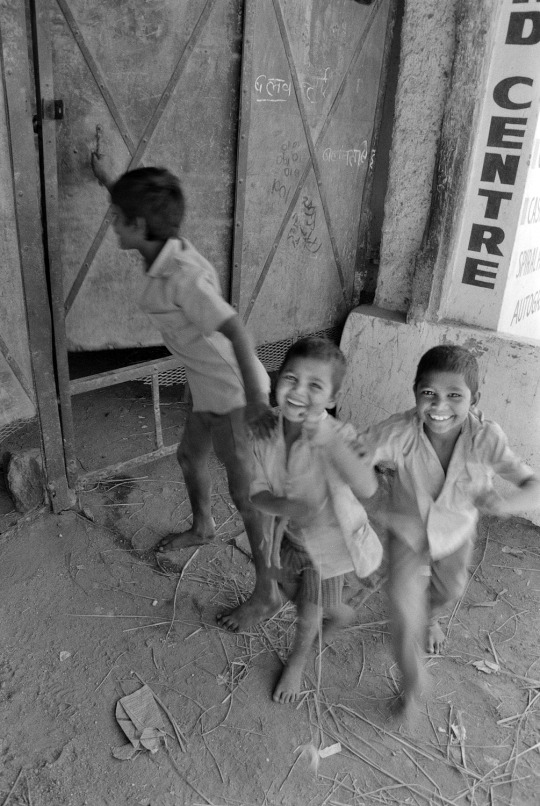
India, 1990
Hyderabad, Telangana, India.
インド テランガーナ州 ハイデラバード
Photography by Michitaka Kurata
#india#telangana#amaravati#hyderabad#children#twins#people#smile#photography#travel photography#photographers on tumblr#black and white photo#b&w#35mm film#kodak#nikon#1990#倉田通隆#インド#ハイデラバード#テランガーナ州#アーンドラ・プラデーシュ州#子供#子供達#双子#笑顔#白黒写真#白黒フィルム#モノクロフィルム#モノクロネガフィルム
171 notes
·
View notes
Text

🧩संत गरीबदास जी के बोध दिवस के उपलक्ष्य पर संत रामपाल जी महाराज जी के सभी सतलोक आश्रमों में तीन दिवसीय(19-21 मार्च 2024) नि:शुल्क भंडारा किया जाएगा। साथ ही दहेज मुक्त रमैणी अर्थात शादियां, रक्तदान शिविर का आयोजन, देहदान शिविर का आयोजन, एवं आध्यात्मिक प्रदर्शनी भी देखने को मिलेगी।
67 notes
·
View notes
Text
#SantGaribdasJiMaharaj
⚡️फाल्गुन शुद्धि द्वादसी जिस दिन गरीबदास जी को (कविर्देव) कबीर परमेश्वर स्वयं सत्यलोक से आकर नाम उपदेश देकर गए थे।
उसी पावन दिवस (बोध दिवस) के उपलक्ष्य में तीन दिवसीय सतसंग तथा अमृत वाणी का पाठ करते हैं।
6Days Left For Bodh Diwas
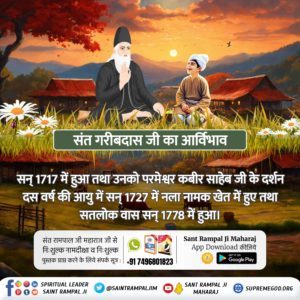
#delhi#godkabir#india#hyderabad#kabir is real god#bengaluru#kabirisgod#chennai#hinduism#santrampaljimaharaj
73 notes
·
View notes
Text
#संतरामपालजी_का_अयोध्याभंडारा
Under the guidance of Sant Rampal Ji Maharaj, pure desi ghee-made feast (Huge Bhandara) is being organized in Ayodhya for the devotees.🌸🥰🥰🍁✨✨

#kabir is real god#santrampaljimaharaj#kabirisgod#god kabir#hyderabad#delhi#chennai#india#maharashtra#bengaluru#mumbai#reality#its the truth
68 notes
·
View notes
Text
“What about ordinary and poor Muslims like me? We never had any jagir or any piece of land or even enough bread to survive the day. I know hundreds and thousands of Muslim families living in utter poverty. The ashraf and nawabi families – both from Muslims and Hindus as well – never cared for our daily basic needs of food, water, or housing.”
Jeelani Bano and Dasarathi Rangacharya also brought out the contradictions apparent throughout pre-1948 Hyderabad. Bano’s novel Aiwan-e-Ghazal features a set of Muslim women characters from various strata of Asaf Jahi Hyderabad navigating both the zenana of the patriarchal nobility and the forests that served as the battlefields against the princely state’s rural gentry.
Nizam-ruled Hyderabad was a dominion where the feudal oppression of women and the exploitation of lower castes were woven within its pluralistic fabric.
— Hyderabad 1948: Literature Tells Better Stories Than WhatsApp University
#hyderabad#Afsar Mohammed#hyderabadi literature#1948 police action#hyderabad history#telugu literature#urdu literature
73 notes
·
View notes
Text
Burgers, Pizzas, Milkshakes and more. Check out our menu online to see what else we have to offer.

You Would Have Never Eaten A Burger This Delicious!
Eating together is important family time, it validates the importance in family and offers good socialization, which is very important.
#thisisit#thisisitcafehyd#thisisitcafe#thisisithyd#cafe#coffee#coffeeshop#coffeelover#brunch#brunchtime#breakfast#new#almostthere#sainikpuri#Hyderabad#hyderabadfoodie#instadaily#instagood#food#foodie#picoftheday#foodstagram#pancakes#FoodLover#insta#foodblogger#weekend#weekendvibes#dinner#dining
76 notes
·
View notes
Text
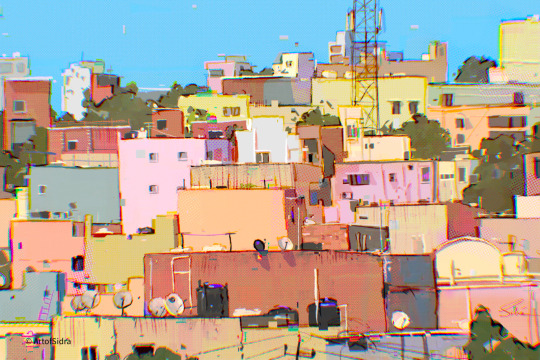

Pleinairpril 2023
#illustration#pleinaipril#digital painting#art#artwork#digital illustration#visdev#colorful#india#environmentart#hyderabad#procreate
133 notes
·
View notes
Text
सच्चा_सतगुरु_कौन
अधिक जानकारी के लिए सुनिए संत रामपाल जी महाराज जी के मंगल प्रवचन शाम 7:30 बजे साधना चैनल पर।
Sant Rampal Ji Maharaj
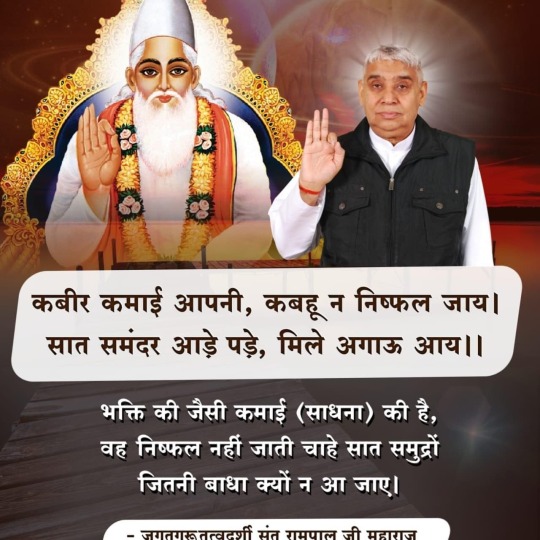
#kabir#sant rampal ji#sat kabir ki daya#kabirisgod#youtube#kabir is real god#my post#india#maharashtra#mumbai#hyderabad
78 notes
·
View notes
Text
कबीर साहेब की वाणी में जानिए कैसे हुई ब्रह्मा, विष्णु और शिव जी की उत्पत...
youtube
#kabirisgod#india#kabir is real god#santrampaljimaharaj#godkabir#channai#hyderabad#mumbai#dehli#Youtube
41 notes
·
View notes
Photo
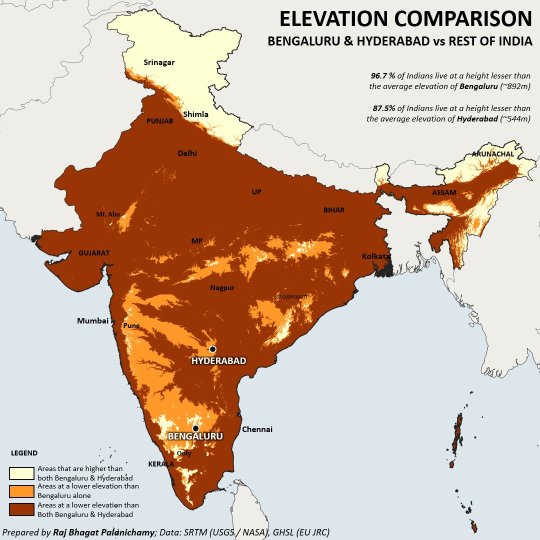
96.7% of Indians live at an elevation lesser than or equal to that of Bengaluru. 87.5% of Indians live at an elevation lesser than or equal that of Hyderabad. Map shows the areas of India which are at lower elevations than these cities.
by rajbhagatt
53 notes
·
View notes
Text
अथ राग आरती | Ath Raag Aarti | Vani of Garibdas Ji's Amargranth Sahib by...
youtube
17 notes
·
View notes
Text

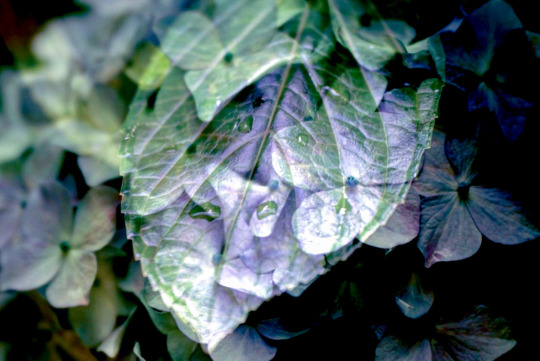
63 notes
·
View notes
Text

संत गरीबदास जी ने अमृतवाणी में कहा है:
हम सुल्तानी नानक तारे, दादू को उपदेश दिया।
जात जुलाहा भेद न पाया, काशी माहे कबीर हुआ।।
46 notes
·
View notes